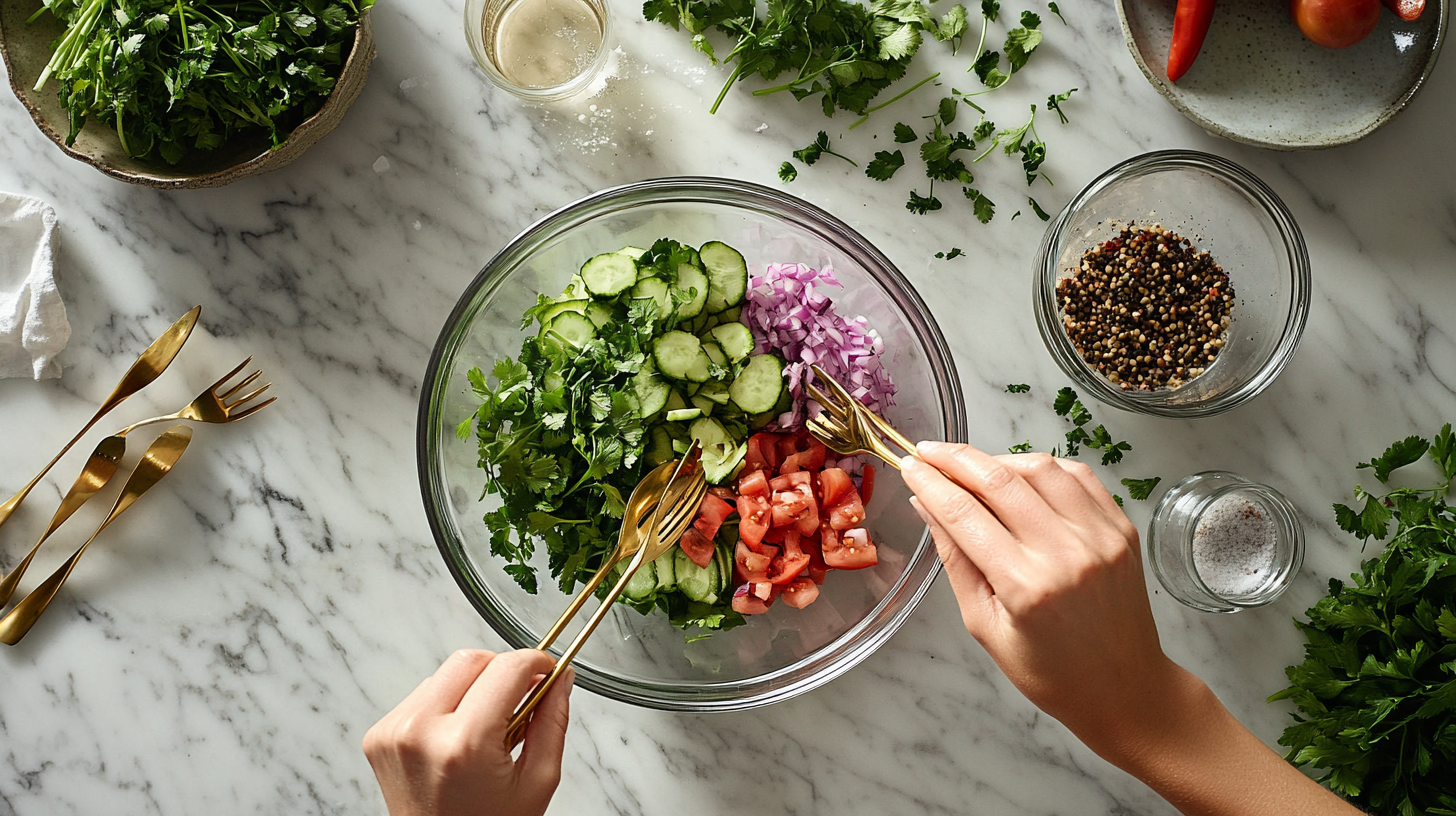After years of crafting Buddha bowls in both professional kitchens and for busy home cooks, I’ve discovered that the perfect bowl is more than just a beautiful arrangement of ingredients – it’s a symphony of flavors, textures, and nutrients that dance together in perfect harmony. Let me show you how to master the art of Buddha bowl creation, whether you’re a seasoned cook or just starting your culinary journey.
What Makes a Buddha Bowl Special?
A Buddha bowl isn’t just another trendy lunch option – it’s a mindful approach to eating that celebrates whole foods in their most beautiful forms. These nourishing bowls earned their name from their round, full appearance, similar to Buddha’s belly, and their ability to satisfy both body and soul with wholesome ingredients arranged in an artistic way.
The Foundation: Essential Components
Base Layer (Choose 1-2)
- Warm brown rice or quinoa
- Cauliflower rice
- Mixed greens
- Ancient grains (farro, barley, millet)
- Zucchini noodles
Protein Sources (Choose 1-2)
- Grilled tofu or tempeh
- Roasted chickpeas
- Lentils
- Edamame
- Grilled chicken or fish (for non-vegetarian options)
Vegetables and Fruits (Choose 3-4)
- Roasted sweet potato
- Grilled mushrooms
- Steamed broccoli
- Fresh avocado
- Pickled red cabbage
- Shredded carrots
- Roasted bell peppers
Toppings and Texture Elements
- Toasted nuts and seeds
- Microgreens
- Sprouts
- Crispy onions
- Nori strips
- Fresh herbs
Professional Tips for Perfect Assembly
Temperature Balance
The secret to an exceptional Buddha bowl lies in the interplay of temperatures. As a chef, I’ve learned that combining warm and cool elements creates a more engaging eating experience:
- Keep grains and roasted vegetables warm
- Add room temperature proteins
- Finish with cool, fresh ingredients
- Top with crispy elements just before serving
Color Theory in Bowl Design
Creating a visually appealing bowl isn’t just about Instagram – it actually enhances the eating experience:
- Include at least three different colors
- Position contrasting colors next to each other
- Use herbs and microgreens for bright pops of green
- Consider the bowl color when plating
Mastering the Art of Sauce Creation
Essential Buddha Bowl Sauces
The sauce can make or break your Buddha bowl. Here are three foolproof options:
- Miso-Tahini Drizzle
- 2 tablespoons tahini
- 1 tablespoon white miso
- 1 tablespoon rice vinegar
- Hot water to thin
- Ginger-Lime Dressing
- Fresh ginger
- Lime juice
- Sesame oil
- Touch of honey
- Spicy Peanut Sauce
- Natural peanut butter
- Soy sauce
- Sriracha
- Rice vinegar
Time-Saving Preparation Strategies
Prep Once, Eat All Week
- Batch cook grains on Sunday
- Roast multiple vegetables at once
- Prepare proteins in advance
- Mix sauces and store separately
- Keep fresh ingredients whole until needed
Storage Solutions
- Use glass containers with tight-fitting lids
- Store components separately
- Keep sauces in squeeze bottles
- Label everything with dates
Common Mistakes to Avoid
- Overcrowding the bowl
- Using all the same temperature
- Forgetting about texture contrast
- Adding sauce too early
- Not seasoning each component individually
Make-Ahead Tips
Components That Store Well
- Cooked grains: 4-5 days
- Roasted vegetables: 3-4 days
- Proteins: 3-4 days
- Sauces: 5-7 days
- Pickled vegetables: 1-2 weeks
Assembly Order for Best Results
- Start with room temperature grains
- Add warm roasted vegetables
- Position proteins strategically
- Add fresh components
- Finish with toppings and sauce
Conclusion
Creating the perfect Buddha bowl is a journey of culinary creativity and mindful eating. Start with these guidelines, but don’t be afraid to experiment with your own combinations. Remember, the best Buddha bowl is one that brings you joy and satisfaction while nourishing your body with wholesome ingredients.

